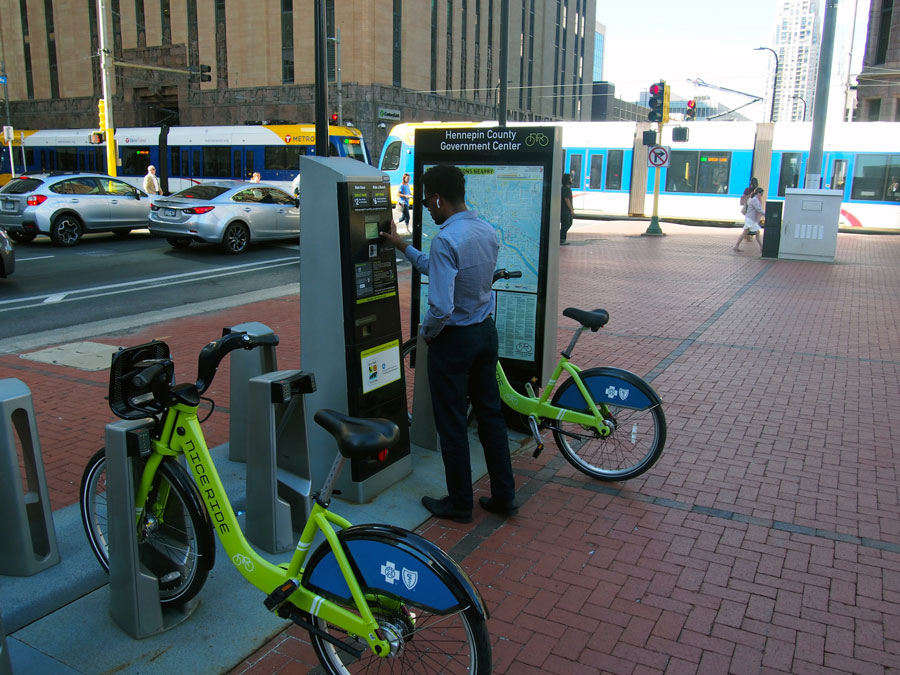
It is difficult to know what changes will come to transportation in the next 10 years. If the past 10 years of significant technological advancement in transportation is any indication, to successfully meet our goals we will need to continue to build off our historical investment in the City’s core infrastructure. Rapid changes of the past 10 years were driven primarily by the market introduction of the smartphone and phone-based applications on top of improved cellular coverage. The technology paired with shared mobility business models allowed real-time access to widely distributed vehicles and modes. These emerging technology-enabled mobility options are what we are referring to as advanced mobility.
By proactively focusing on the ability of our systems, infrastructure, operations, and staff to adapt to further change, we will make sure that these innovations happen with and for us, not to us. We are growing our planning capacity internally and externally by leveraging our community, public and private partnerships. Our vision is that all people in Minneapolis can travel safely, equitably, and reliably through both public and private services.
The Advanced Mobility topic outlines how we will most thoughtfully integrate technology to help us meet our goals. This topic is most commonly defined by these four advancements in transportation, all of which are enabled by new business models and technology:
- Shared fleets (vehicles available to the public for temporary use)
- Electric vehicles (including transit, automobiles, scooters, and bicycles)
- Connected infrastructure and connected people (the ability for vehicles, people and traffic systems to communicate through computer systems over wireless networks)
- Automation of transportation (vehicle technology that automates part of driving)
Technology improvements have attracted new business models and accompanying capital into the transportation market that are important for local government to understand and influence. The City will seek partnerships with those entities that share our values and will help us achieve our City goals, creating the right balance of regulation and support for innovation to enable new solutions. It is the City’s role to communicate the challenges and set the rules for engagement, so that the private sector can develop the solutions successfully.
Numerous actions throughout this plan are influenced by Advanced Mobility. These are noted throughout the document as supporting strategies in this topic area.
Reaching our transportation goals requires strategic action. Listed below are strategies and actions that we plan to undertake in the next 10 years.
See also strategies
- Street Operations 3:
Plan for efficient and practical operations of people walking, biking, and taking micromobility or transit throughout the street design process. - Street Operations 4:
Leverage City resources and partnerships to promote, educate and encourage walking, biking and transit as alternatives to driving. - Street Operations 5
Price and manage use of the curb to encourage walking, biking and using transit, and to discourage driving alone. - Street Operations 6
Induce regional mode shift by prioritizing pedestrian, bicycle, and transit facilities and operations into capital transportation projects. - Design 5
Use street design to improve transit operations.

